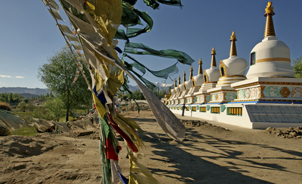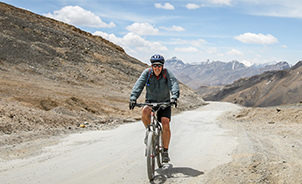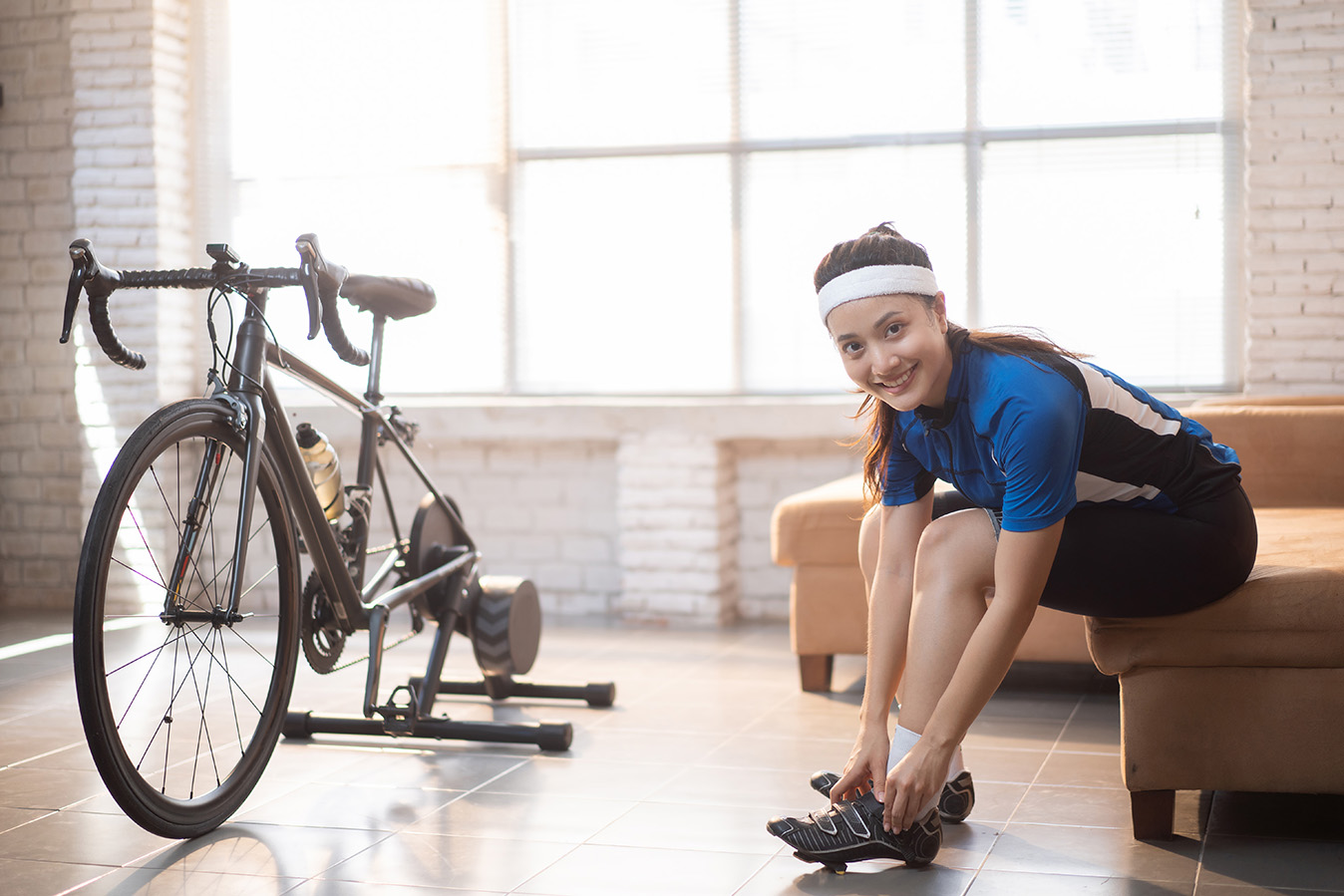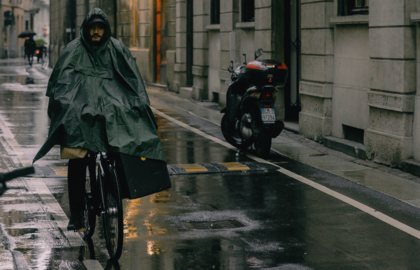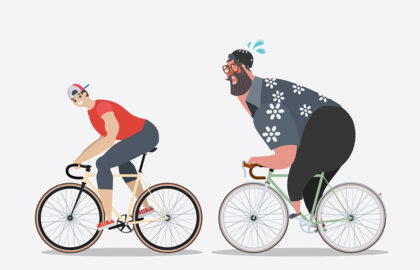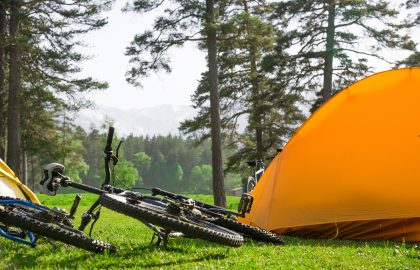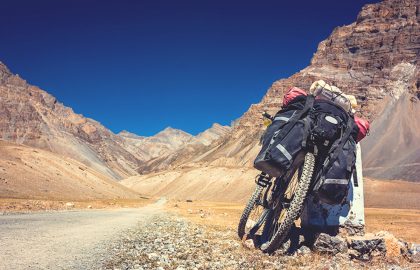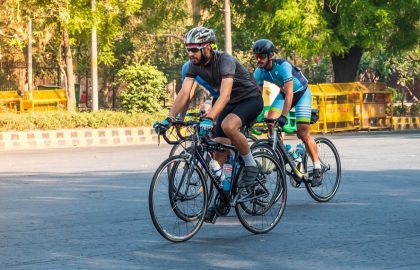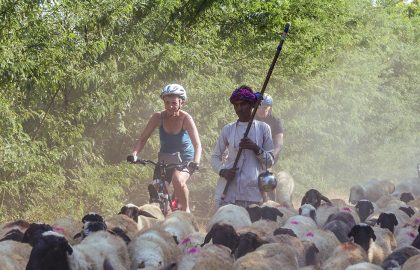If you’re preparing to adventure cycling , there’s no getting around it-you’ll have to carry things. The main fact for this stuff: less is more. Plenty of bikers end up delivery unwanted things house per 7 days or two into their drive after they recognize how little they actually need and accurately how large their additional things is. The other main truth: the less bodyweight you carry the more fun it is to drive. Soon enough, you’ll determine what performs best for you. This content can get you began.
HOW TO ARRANGE CLOTHING:
Look for outfits that are mild and portable, packable (i.e. non-bulky), flexible, and appropriate for your predicted circumstances (you won’t need a down coat to Jamaica). Some people think with regards to on-the-bike outfits and off-the-bike outfits, but as much as possible carry outfits that can provide as both. Many bikers believe by mild, loose-fitting, long-sleeved clothing for security from direct sunlight. When it gets cold while Adventure Cycling in Ladakh, it is best to part outfits for comfort. If the elements looks harmful, keep your water resistant spend levels readily available while driving.
Cycling Bermuda, driving a bike shoes, a headgear, rainfall equipment, leggings, and driving a bike safety gloves make driving more relaxed. A good rainfall coat and trousers are requirements and there are a wide range of options created for cyclists; look for Gore-Tex or another waterproof/breathable material that inhales (so you don’t sweating too much) and defends from rainfall and wind.
PACKING YOUR TOUR BAGGAGE:
When traveling with panniers, try to keep your total load between 15 and 45 pounds. Your bicycle will be most constant if you put more bodyweight in your front side panniers–roughly 60 % of body weight at the front side and 40 % on the back. Products like tools, extra bicycle parts, cookware, energy containers, food, and on-the-bike clothing usually go in the top side panniers and light, heavy things like clothes in the back panniers. Your resting bag, resting pad, and covering are usually secured to the back holder and add to the body weight on the back rim.
Before packaging, line your panniers and resting bag things bag with heavy-duty nasty rubbish purses. Despite sometimes being marked “waterproof,” some panniers can still flow, especially in hard down pours. Move your outfits and package them top to bottom (ziplock purses work well for keeping things structured and dry). This way, you can see the end of each roll for easy recognition and prevent wrinkles.
OTHER LOADS TO CARRY:
Start your journey with additional space in your panniers for products grabbed along the Cycling Tours in India way. The additional space will also help you to package quickly. Keep your pockets, digicam, and often-used products in a removable handlebar bag, bum package, or little back pack and always take it with you when you keep the bicycle. Resources for solving apartments can go in your handlebar bag or a little chair bag for quick access. Five to eight pounds is the highest possible you should package in a handlebar bag.
TEST RUN YOUR CYCLE:
Whether you are bicycle journeying initially or you are preparing for your 10th trip, it’s important to take an exercise drive with your bicycle completely packed before your keep, preferably with an overnight or two. You might discover yourself removing some of your unwanted equipment once you have to muscular it around for a few kilometers. It’s all aspect of finding how much or, rather, how little equipment you really need for a relaxed self-contained experience.

